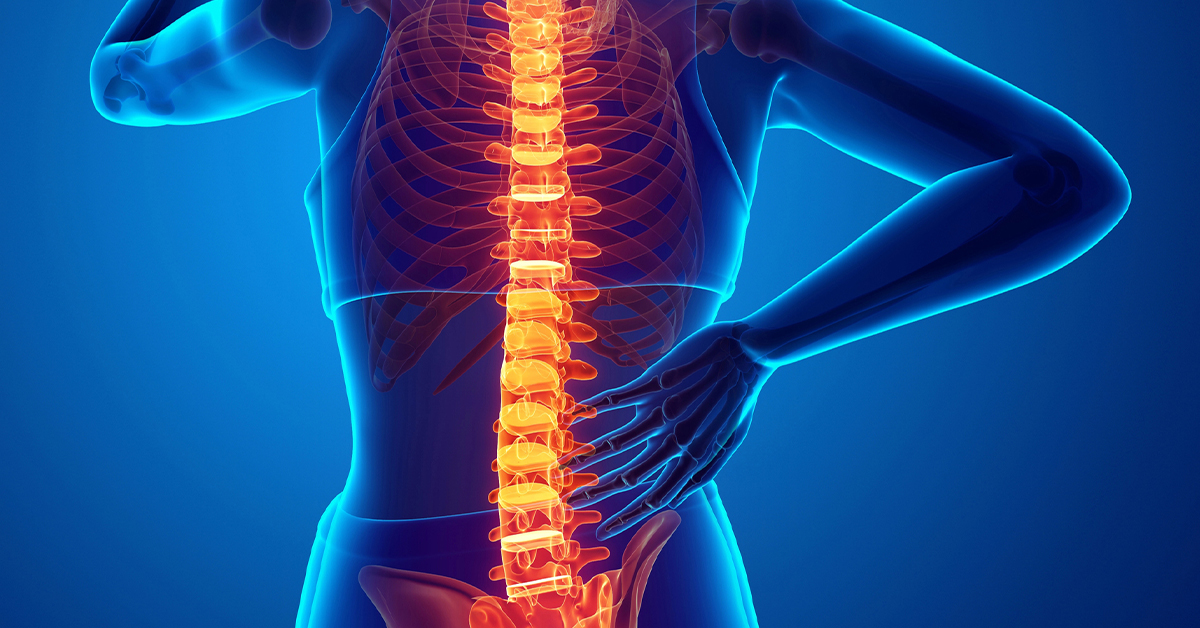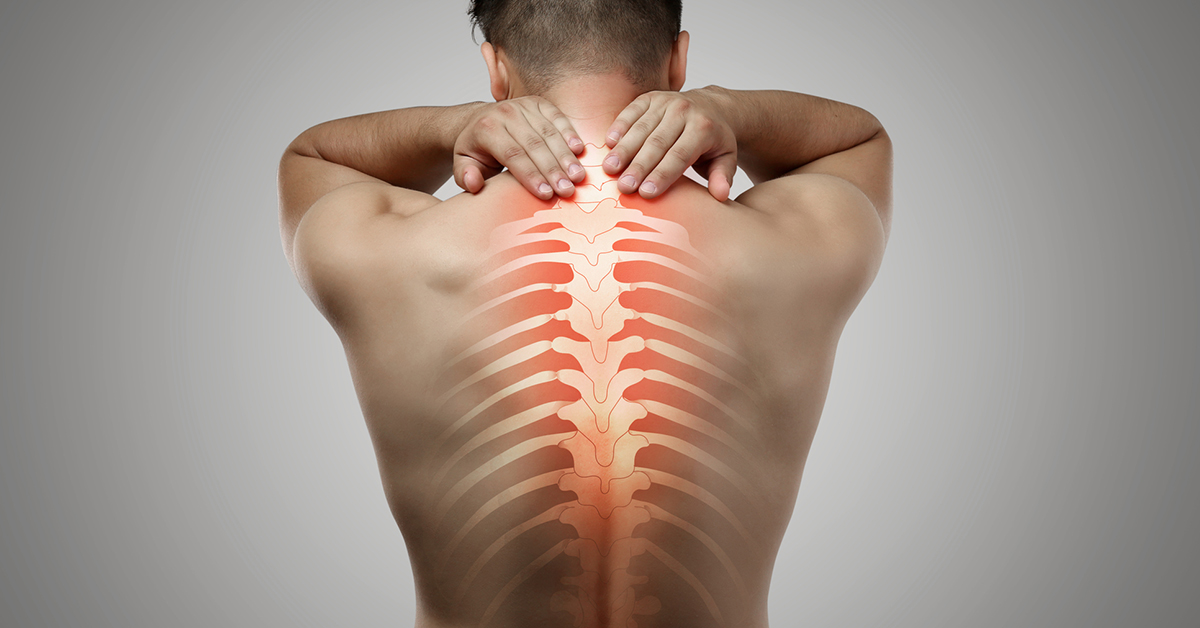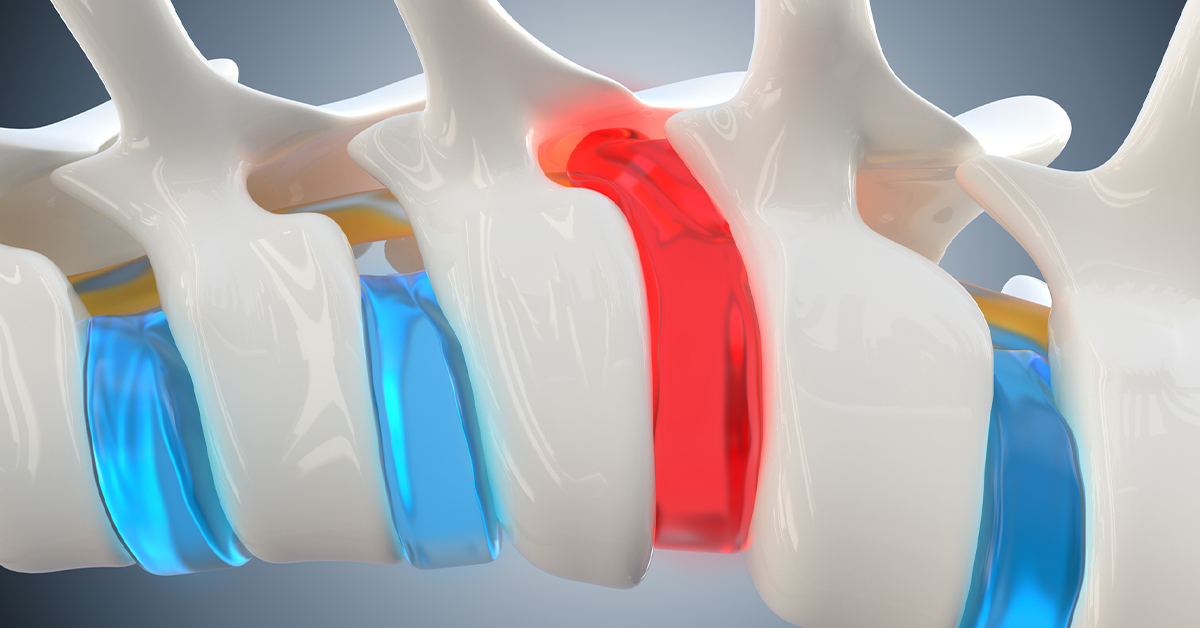Kyphosis Back Pain Kyphosis is a spinal condition characterized by an excessive outward curve of the spine, leading to a hunched or rounded back appearance. This condition can cause significant back pain and discomfort, affecting individuals of all ages. Understanding the causes, symptoms, and treatment options for kyphosis-related back pain is essential for effective management …
Author Archives: pmrxcontent
How Do You Sleep After an Artificial Disc Replacement?
How Do You Sleep After an Artificial Disc Replacement? Artificial disc replacement (ADR) surgery can bring significant relief from chronic back pain, but the recovery process requires careful attention, especially when it comes to sleeping. Proper sleep positioning and habits are crucial for a smooth recovery and minimizing discomfort. Here’s a guide on how to …
Continue reading “How Do You Sleep After an Artificial Disc Replacement?”
Can You Walk After an Artificial Disc Replacement?
Can You Walk After an Artificial Disc Replacement? Artificial disc replacement (ADR) has become a popular option for those suffering from chronic back pain due to degenerative disc disease. One common question patients often have is: “Can you walk after an artificial disc replacement?” The short answer is yes, and here’s what you can expect …
Continue reading “Can You Walk After an Artificial Disc Replacement?”
Can I Live a Normal Life After Discectomy?
Can I Live a Normal Life After Discectomy? For individuals dealing with the debilitating effects of a herniated disc, a discectomy offers hope for pain relief and improved mobility. One common question for those considering the procedure is, “Can I live a normal life after discectomy?” While every patient’s experience is unique, most people are …
Continue reading “Can I Live a Normal Life After Discectomy?”
Is a Discectomy Major Surgery?
Is a Discectomy Major Surgery? A discectomy is a surgical procedure designed to remove part or all of a herniated disc in the spine that is pressing on a nerve, causing pain, numbness, or weakness. While it is considered a relatively common surgery, whether it is classified as major or minor depends on the specific …
How Successful Is Artificial Disc Replacement?
How Successful is Artificial Disc Replacement? Artificial disc replacement (ADR) has emerged as a revolutionary treatment for chronic back pain caused by degenerative disc disease (DDD). This procedure involves replacing a damaged intervertebral disc in the spine with an artificial one, aiming to maintain normal motion and reduce pain. But how successful is this cutting-edge …
Continue reading “How Successful Is Artificial Disc Replacement?”
What Is the Recovery Time for a Discectomy?
What Is the Recovery Time for a Discectomy? A discectomy is a common surgical procedure performed to relieve pressure on a nerve caused by a herniated or bulging disc in the spine. By removing the damaged portion of the disc, the surgeon alleviates pain, numbness, and weakness in the affected area. Understanding the recovery process …
Continue reading “What Is the Recovery Time for a Discectomy?”
When Does Idiopathic Scoliosis Stop Progressing?
When Does Idiopathic Scoliosis Stop Progressing? Idiopathic scoliosis is a condition marked by an abnormal sideways curvature of the spine. Most commonly diagnosed during adolescence, its exact cause is unknown. A key question for those managing the condition is: When does scoliosis stop progressing? The Impact of Growth Idiopathic scoliosis typically progresses most rapidly during …
Continue reading “When Does Idiopathic Scoliosis Stop Progressing?”
How Is Juvenile Idiopathic Scoliosis Treated?
How Is Juvenile Idiopathic Scoliosis Treated? Juvenile idiopathic scoliosis (JIS) is a type of scoliosis that occurs in children between the ages of 4 and 10, where the cause of the spinal curvature is unknown. Early detection and treatment are crucial in managing JIS, as the condition can progress rapidly during periods of growth. Treatment …
Continue reading “How Is Juvenile Idiopathic Scoliosis Treated?”
What Is the Posterior Approach to Scoliosis Surgery?
What Is the Posterior Approach to Scoliosis Surgery? The posterior approach to scoliosis surgery is the most common method used to correct abnormal spinal curvatures. In this approach, the surgeon accesses the spine from the back, making an incision along the midline of the patient’s back. This allows the surgeon to directly reach the vertebrae …
Continue reading “What Is the Posterior Approach to Scoliosis Surgery?”








